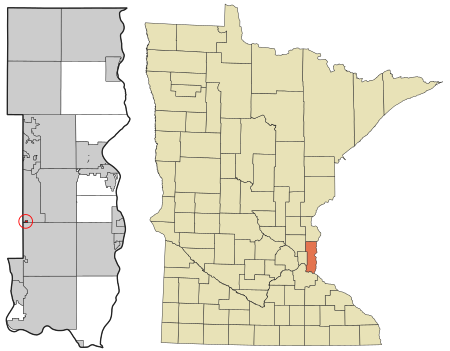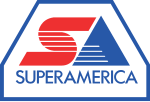Landfall, Minnesota
1959 establishments in MinnesotaCities in MinnesotaCities in Washington County, MinnesotaUse mdy dates from July 2023

Landfall is a city in Washington County, Minnesota, United States. The population was 686 at the 2010 census and is the smallest community in Washington County in terms of area. It lies on the eastern shore of Tanner's Lake on Interstate 94. Landfall is an incorporation of a manufactured home community, contributing to its reputation as the most affordable community in the Twin Cities. In 2008 and 2010, the city was named one of the 100 best communities for young people by America's Promise.Landfall is one of only two incorporated cities in Minnesota that consist primarily of manufactured housing; the other is the Twin Cities suburb of Hilltop.
Excerpt from the Wikipedia article Landfall, Minnesota (License: CC BY-SA 3.0, Authors, Images).Landfall, Minnesota
Dellwood Lane,
Geographical coordinates (GPS) Address Nearby Places Show on map
Geographical coordinates (GPS)
| Latitude | Longitude |
|---|---|
| N 44.950833333333 ° | E -92.976666666667 ° |
Address
Dellwood Lane 2
55128
Minnesota, United States
Open on Google Maps




